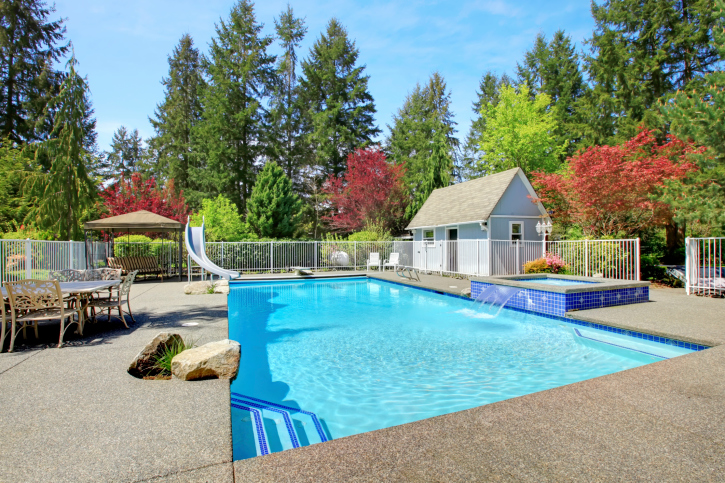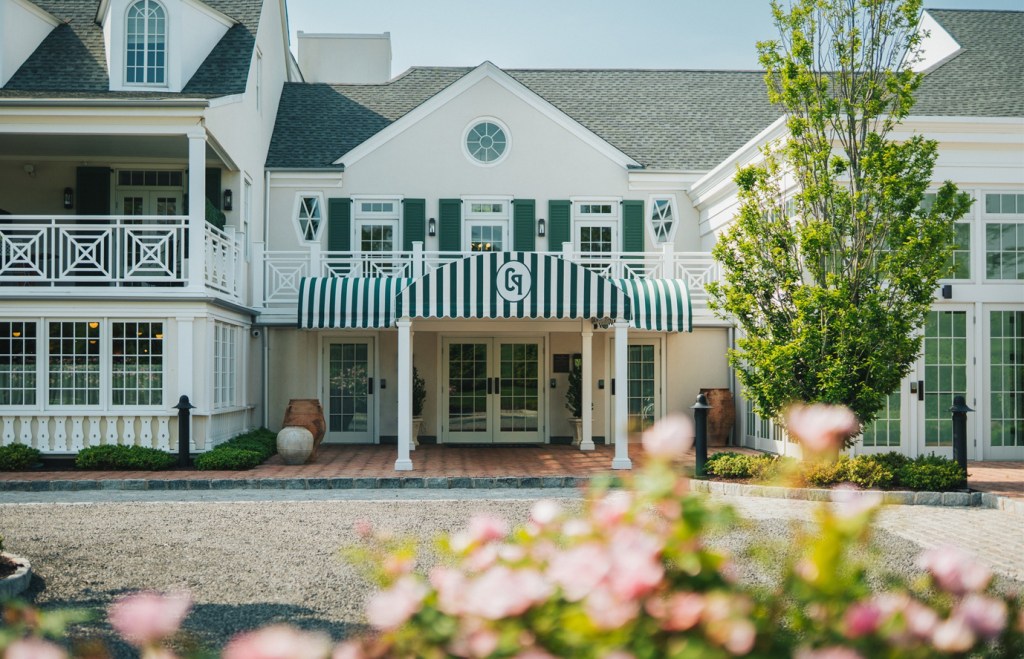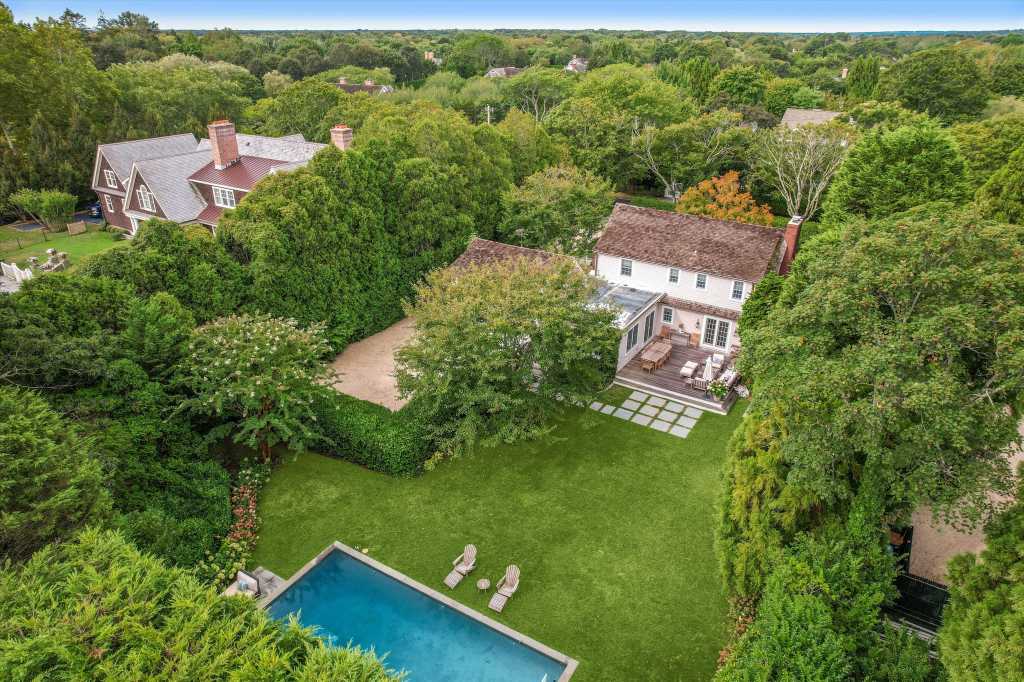Your Hamptons Home: Dip into a New Pool Design

Adding a pool to a property is a solid investment—but how to choose from all the available pool designs and systems? For the Hamptonite looking to build a home pool, or revamp an existing one, the design varies based on personal needs or preferences.
According to Sheryl Heather, certified building professional of Spring & Summer Activities and member of the board of directors of the Long Island Pool & Spa Association, keeping it simple is the way to go.
“Renovations tend to streamline and simplify the pool’s design,” she explains. “Oftentimes, we’re removing a step that protrudes from the pool’s footprint, filling in the section with new wall and installing a corner step to make the pool a pure rectangle.”
Conversely, George Kazdin, president of Kazdin Pools & Spas, says that his customers this season are leaning towards more elaborate requests, including added fountains and advanced LED light systems. “It’s becoming quite sophisticated,” he adds.
Both Spring & Summer Activities and Kazdin Pools & Spas specialize in pool construction and maintenance. The different descriptions these companies provide for the current Hamptons aesthetic mirror the overwhelming variety of options in the pool business today. Preferences are nearly endless, ranging from design aspects to the desired quality of water.
Heather says that the design a customer decides on should be a reflection of what kinds of activities the owner is looking to use the pool for on a daily basis.
Lounging poolside with a summery cocktail or casually floating in the cooler waters are common activities for the average Hamptons customer.
Many customers who are more focused on the fitness and athletic aspects of swimming request pools equipped for lap swimming. The standard short course competition pool, the most common size found at a local gym, is 25 yards in length. The short course pool is most recognizable to the everyday lap swimmer, as it is used in competitions ranging from youth summer leagues to the collegiate level. While unprecedented in Hamptons pool construction, Olympic-sized laps at 50 meters would require an enormous amount of lawn space.
The health benefits of the sport are undeniable and well known. However, keeping health in mind with the array of chemicals necessary to maintain the pool has become a related concern.
“Regardless of design or construction type, virtually all of today’s new pools are built with energy efficiency and lower chemicals in mind,” said Heather.
All pools require frequent checks to monitor chlorine levels, pH, alkalinity and calcium hardness in balance. Heather suggested checking at least once a week. Most contain some levels of chlorine, even in salt water systems—salt is sodium chloride, and lesser levels of chlorine are still pumping through the pool at all times. Even ozone pool generators are equipped with chlorine backup systems.
Heather explained how salt-water pools aren’t exactly analogous to a swimming experience at the beach. “The salinity of water is closer to human tears than the ocean,” she said.
Both Heather and Kazdin emphasized the comfortable and pleasant swimming environment provided by a salt system. Salt-water pools are a cross between natural bodies of water and typical backyard pools, though they have more in common with the average chlorine system.
Though consumers are drawn to newer systems that use as few chemicals as possible, Heather explained the prevalence chlorine still enjoys in the pool market.
“Chlorine is a truly effective sanitation system for keeping swimming pools free of contaminants,” she said. “Everyone wants to lower the level of chemicals in the pool water, and today’s technology allows for the best of both worlds.” If a homeowner chooses to forgo chlorine entirely, the water tests required become much more expansive and detailed.
Regardless of the types of chemicals chosen, as long as pool owners are vigilant in upkeep, all systems provide similar benefits. Just as different systems are all adequate choices, the overall construction of the pool is entirely up to the consumer, with few trends dictating one way or the other as being superior. “I don’t focus on trendy design when I’m working with a client on a new pool,” said Heather.
For the prospective Hamptons pool owner, whether it be a detailed structure or a functional exercise facility, there is a design fit for everyone.









